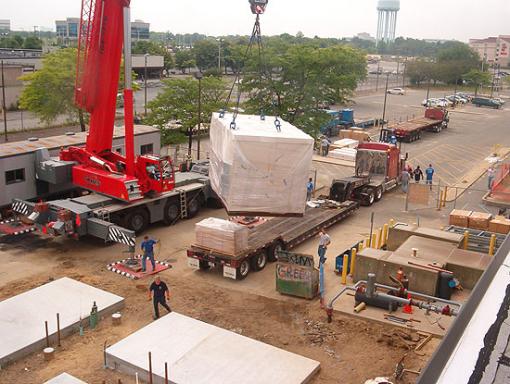
Information
Verizon's Fuel-Cell Project
Verizon Communications has built and is now operating the largest fuel cell project of its kind in the U.S., using environmentally friendly devices to supply electric power to a large call-switching center and office building in Garden City on Long Island in New York.
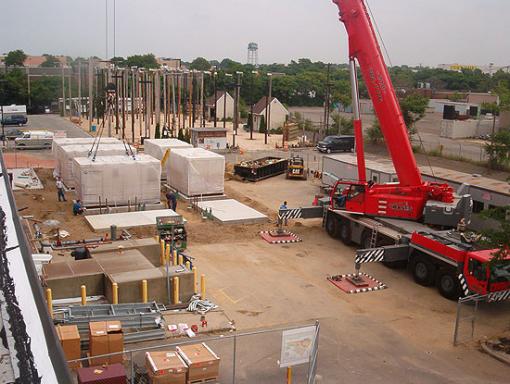
Verizon began the research, design and engineering for the project in 2000, and started deploying the fuel cells in June 2004. The system went "live" and began producing power for the facility in August 2005.
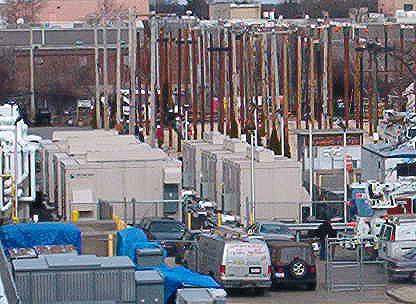
Each of the seven fuel cells is capable of generating 200 kilowatts of electrical power per hour. That's enough to meet the energy needs of about 400 single-family households, or 57 homes per fuel cell. By using electricity from the fuel cells and reclaiming the heat and water they produce to help heat and cool the building, Verizon is reducing by about 11.1 million pounds the amount of carbon dioxide that would have been emitted into the atmosphere by a similar-size fossil fuel-based power plant over the course of a year.
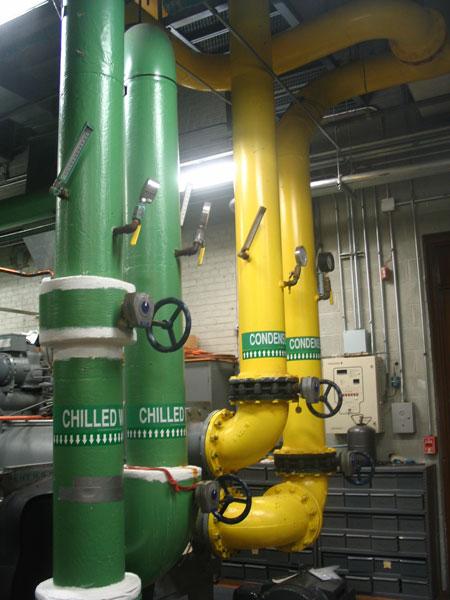
The water created as a byproduct of the fuel cells is used to cool the building in the summertime.
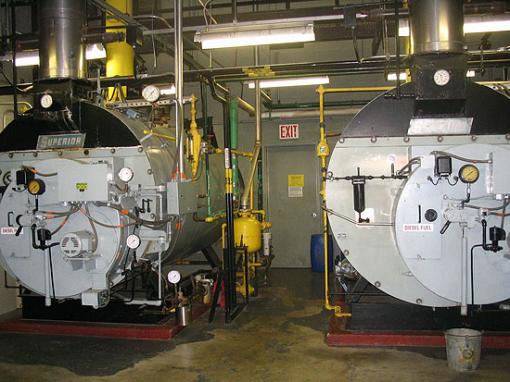
In the winter, the excess hot water created by the fuel cell system is used to heat the building. Before the fuel cells were installed, the Garden City facility used about 50,000 gallons of fuel oil a year to keep these boilers working to heat the building. With the fuel cell system in operation, Verizon has cut its heating oil consumption at the Garden City facility to 22,000 gallons per year.
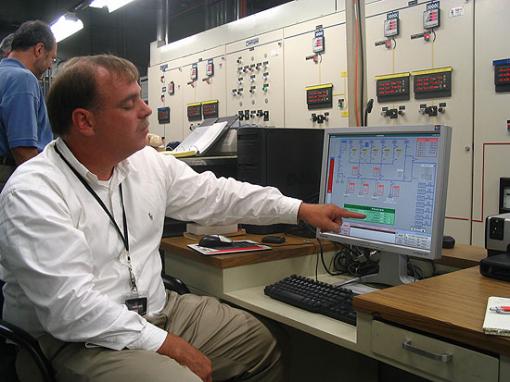
Tom Donnelly, the New York-area real estate operations supervisor for Verizon, shows how operations managers at the Garden City facility can monitor power generation and utilization from the fuel cells.
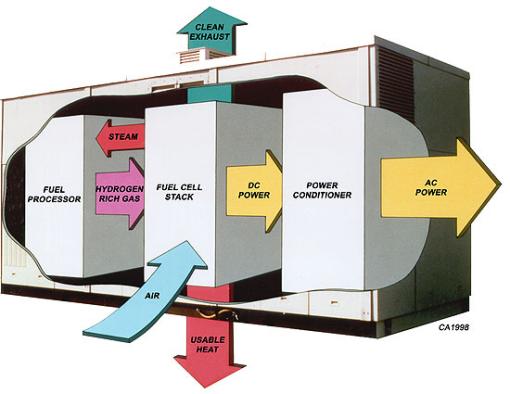
Fuel cells are a technology pioneered by NASA for manned space flight. They generate electrical power through the combination of hydrogen and oxygen atoms, and give off water and heat as byproducts. This diagram shows how the three parts of the fuel cell operate to create energy and clean, reusable waste.